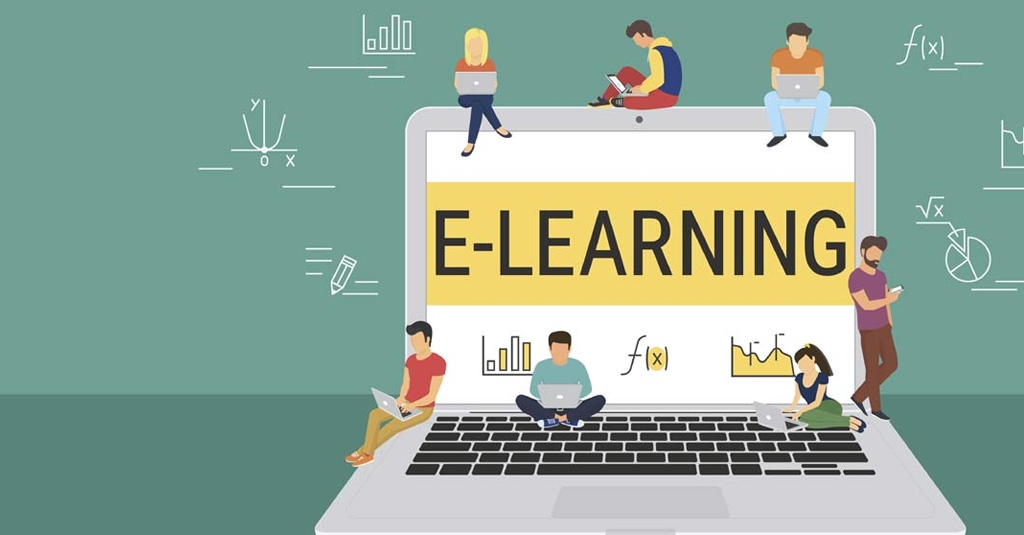Learning in the corporate world is an ongoing process and it’s here that e-learning has truly found its footing. With the emergence of newer technologies, there is a continuous effort in developing innovative ways to reach out best to the learner. It is our pleasure to share some of our experiences with innovation.
G-Cube designed a special training for the Sales Team of one of the largest players in the FMCG sector – which introduced an advanced way of learning and reached greater levels of success. The Client needed a cost effective solution, especially with the kind of attrition that the FMCG (Fast-moving consumer goods) sector experiences. Training needed to be such, that it could be conducted on demand – as new entrants joined the organization in a constant flow. The training also had to create a window of assessment, as Client wanted a clear picture of how effective the program was Content for the program was developed keeping in mind: a practical approach for delivery. The biggest challenge was to reach out to the Merchandising Staff with a medium that was completely new to them. The only way around this was to utilize the strength of the medium in such a way that it overcame initial barriers of acceptance.
- Though market insights were provided by the Client, it was necessary to translate that into a form that would best be received by the Learner. Content provided was specific to Classroom environment. Thus, the content was reworked completely to suit an online medium.
- The content included Technical Terms (for instance, Adjacency or Fair Share of shelf) which needed to be explained in an easy-to-grasp manner. This was done in an experiential exercise – through visuals and multimedia
- As opposed to traditional placement-maps or planograms, 3D visualization of different shop structures were created and best possible product merchandising options were demonstrated. This was a practical exercise in product placement without actually visiting any shops!
- Exercises to put theory into practice were introduced at every level and learners were encouraged to use a virtual shop to practice their skills of product placement.
- This opened a window of assessment as well, based on how well they were able to apply their understanding.
- Visuals of actual product placement in shops were extensively shared
- Audio accompaniment throughout the sessions also made sure that the information shared was explained as well. Language and Tone was kept friendly.
- Benefits of other aspects of merchandising like running contests and incentives for the shopkeeper were also explained and best practices demonstrated in the form of live examples from the market.
- Direct implication of these practices on sales figures were highlighted through self-explanatory graphs and diagrams, showing the learner how adopting these would help them achieve the overall sales target of the team as well.
In conclusion, Technology has made us look at learning in a whole new dimension and opened to us options that can be utilized in many different ways. It is the new era of learning, which promises to include one and all. Innovating with newer mediums and different types of content not only satisfies the never culminating need for change but more importantly, reaches out effectively to a larger audience. That is the bigger objective of learning, and e-learning is surely attaining it best.








